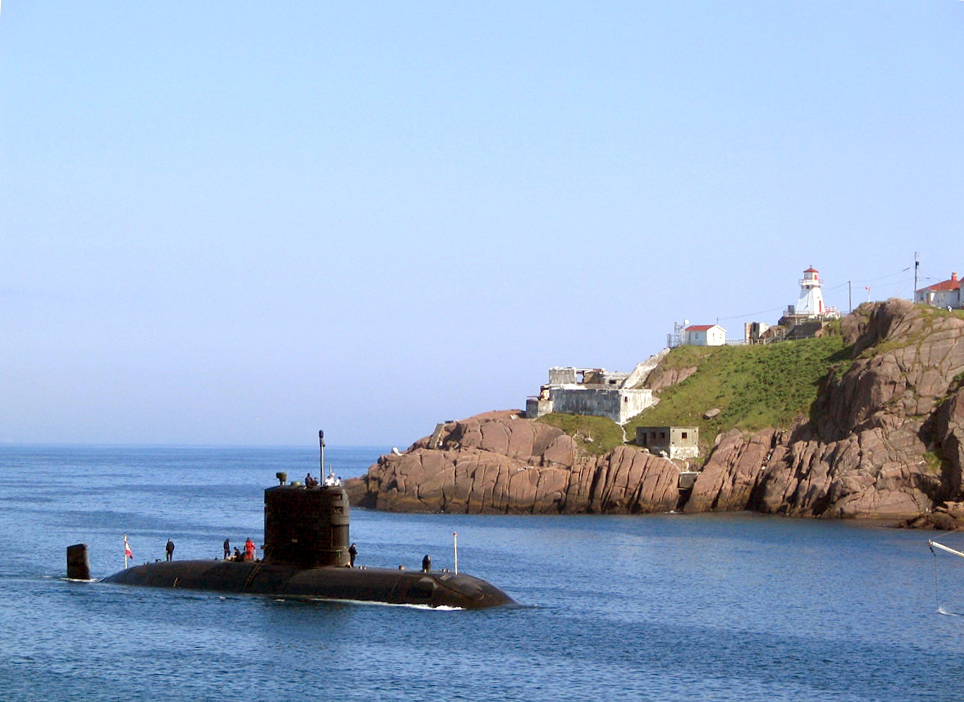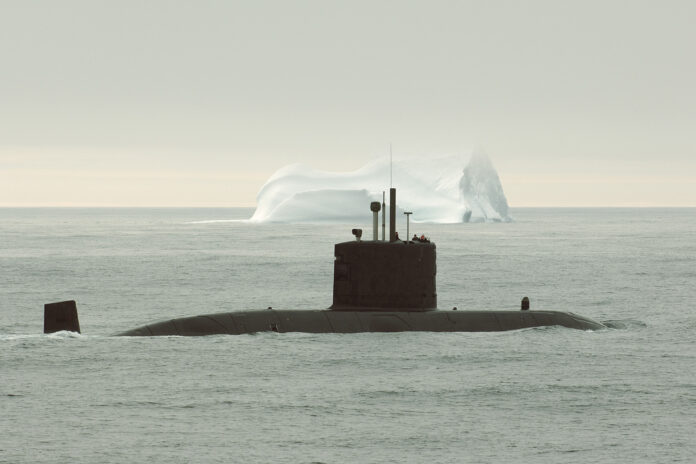Babcock Canada announced that the Government of Canada has opted to exercise two one-year contract extension options to the existing Victoria In-Service Support Contract (VISSC). Originally awarded in 2008, exercising the options will see VISSC extended to June 2023.
VISSC is one of the largest naval in-service support contracts in Canada and includes project management, technology integration, logistics, configuration and safety records management, engineering support, capability upgrades, refits and deep maintenance periods to support Canada’s fleet of four Victoria-Class submarines (VCS).
For over 12 years, Babcock Canada has collaborated with the Fleet Maintenance Facility (FMF) Cape Scott, the FMF Cape Breton, the Department of National Defence (DND), and Public Services and Procurement Canada (PSPC) to maintain, refit, and upgrade Canada’s VCS.
Mike Whalley, Babcock Canada’s President, said: “Through the hard work and dedication of our team, sharing knowledge and innovative solutions, we have helped Canada grow and strengthen its strategic submarine sustainment capabilities. This further extension to the contract underlines Canada’s confidence in our partnership with the Victoria Class Submarine Sustainment Enterprise.” Babcock continues to invest in Canada’s strategic submarine capability, and VISSC has helped generate over 2 billion dollars in GDP impact. Since 2008, Babcock has helped create and maintain over 2,000 jobs, both directly and through the establishment of a supply chain of over 450 Canadian businesses across the country.”
Royal Canadian Navy’s submarines were tied up for repairs and maintenance and spent zero days at sea in 2019.
Victoria-class submarine:
Canada purchased four Victoria-class submarines from the United Kingdom which became operational in 2000.
Victoria-class submarines conduct surveillance, provide support to maritime law-enforcement in investigating narcotics trafficking, smuggling and polluting cases, and conduct other domestic and international operations. They are covert, well-armed, and capable of patrolling over vast distances. The Victoria-class cost approximately one-quarter of the value of a new submarine fleet with similar capability.

The submarines, which have a single-skinned, teardrop-shaped hull, displace 2,220 long tons (2,260 t) surfaced and 2,455 long tons (2,494 t) submerged. They are 230 feet 7 inches (70.3 m) long overall with a beam of 25 feet 0 inches (7.6 m) and a draught of 17 feet 8 inches (5.4 m).
The Victoria class is armed with six 21-inch (533 mm) torpedo tubes. In British service, the submarines were equipped with 14 Tigerfish Mk 24 Mod 2 torpedoes and four UGM-84 Sub-Harpoon missiles. They could also be adapted for use as a minelayer. The submarines have Type 1007 radar and Type 2040, Type 2019, Type 2007, and Type 2046 sonar installed. The hull is fitted with elastomeric acoustic tiles to reduce acoustic signature. In British service, the vessels had a complement of seven officers and 40 ratings.
Under the Justin Trudeau government’s defence policy paper, Strong Secure Engaged (2017), the operational life of each Victoria-class boat will be extended by one additional “life-cycle” (or by about eight years). This is designed to permit the operation of the fleet into about the early to mid-2030s.



